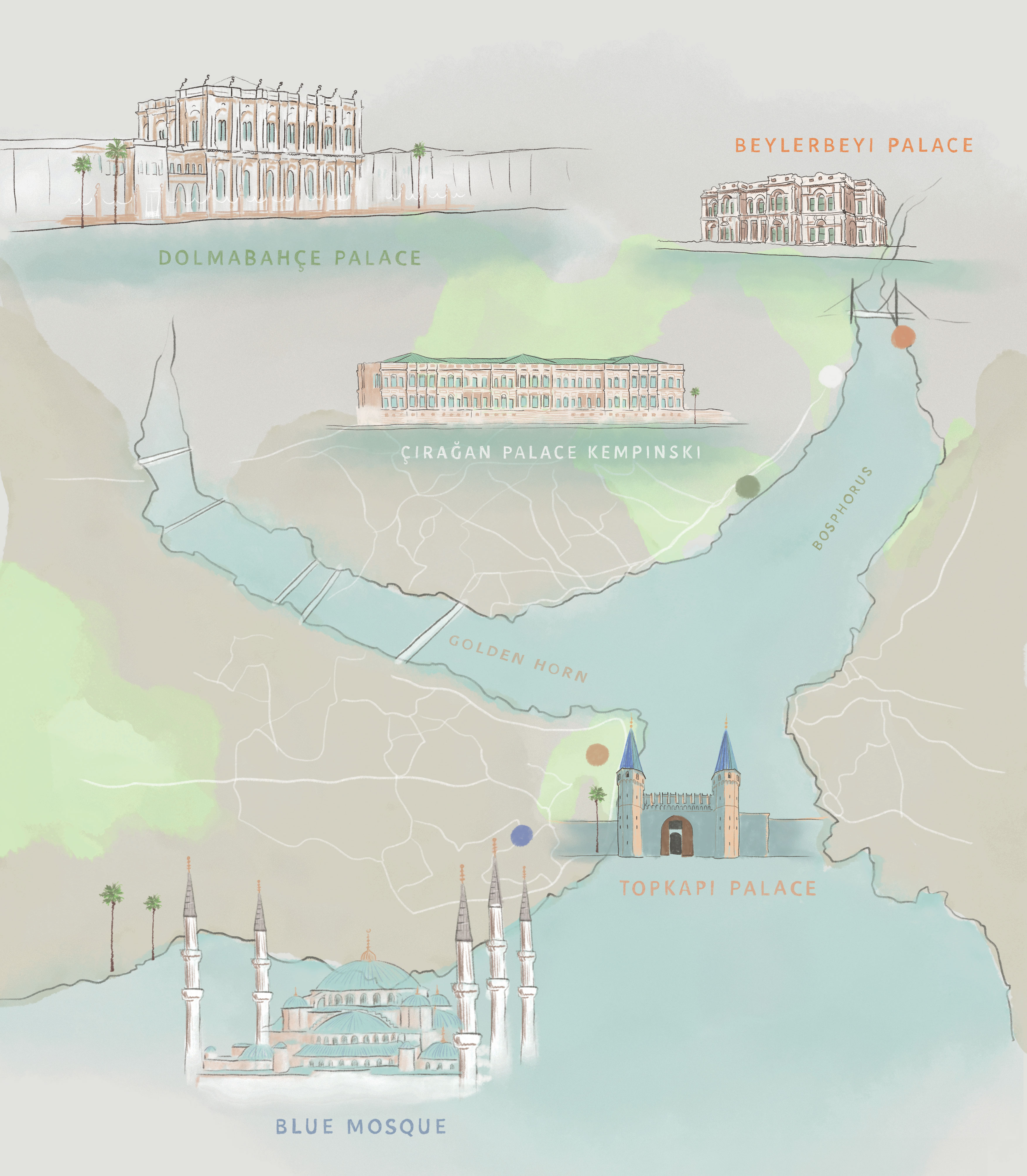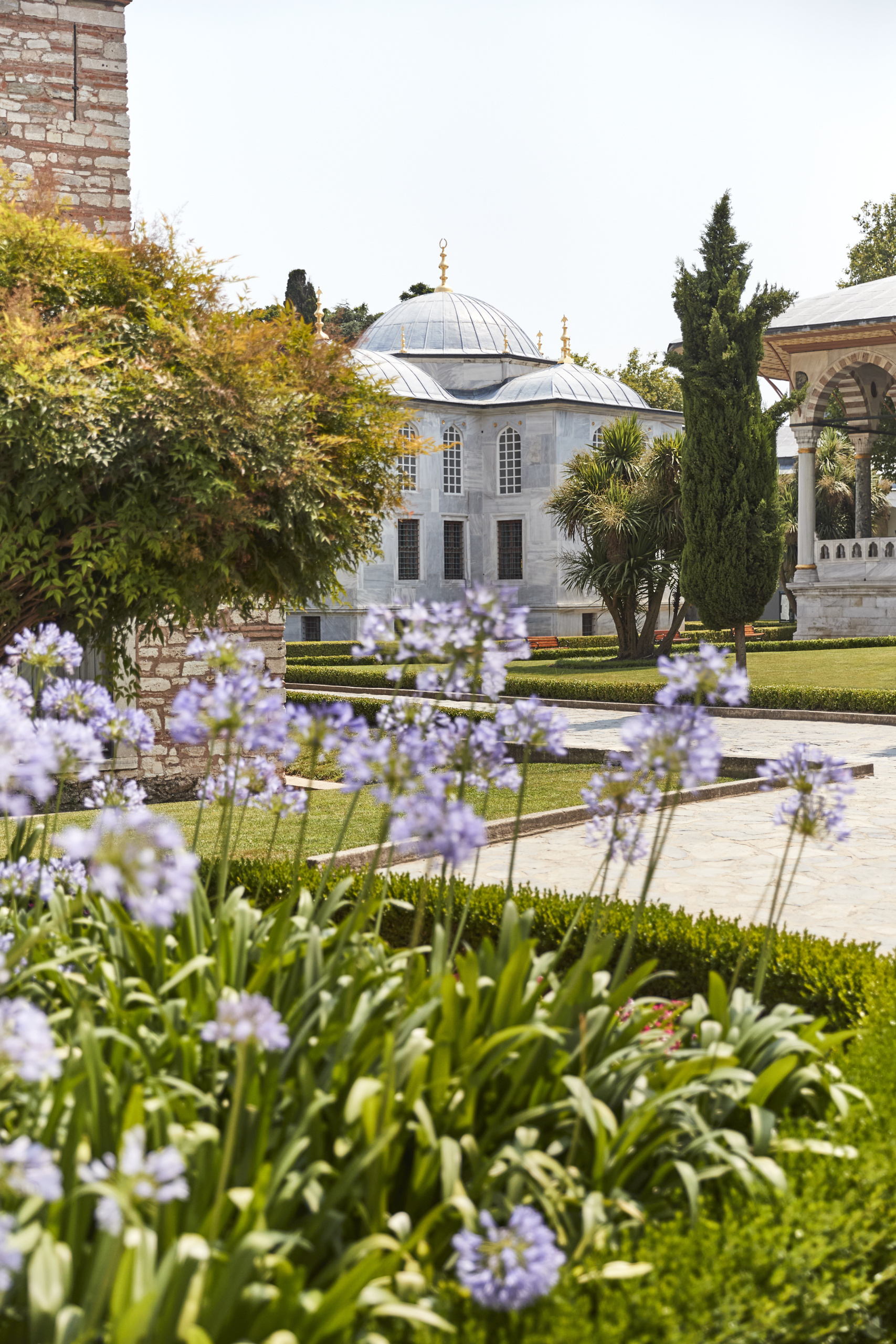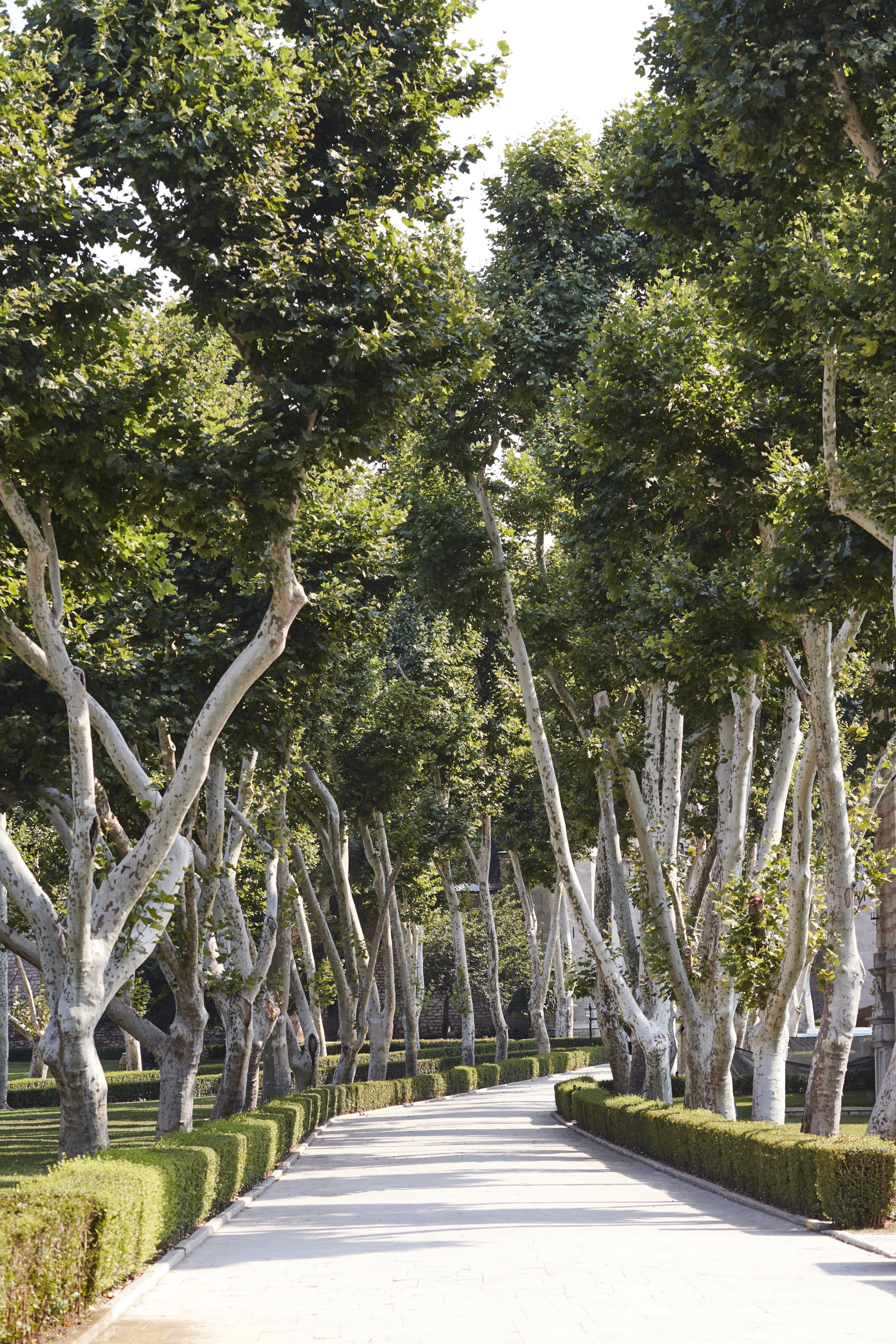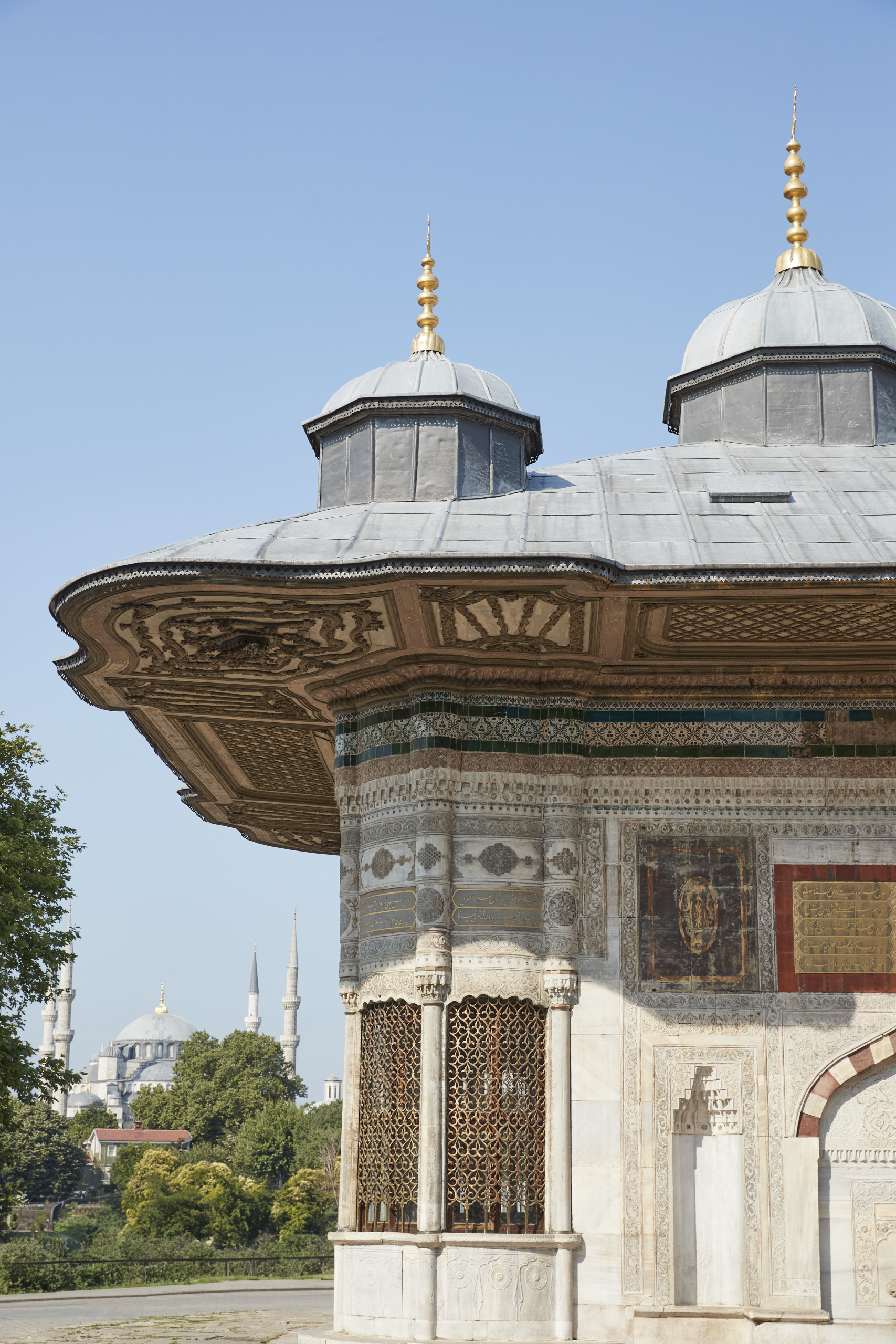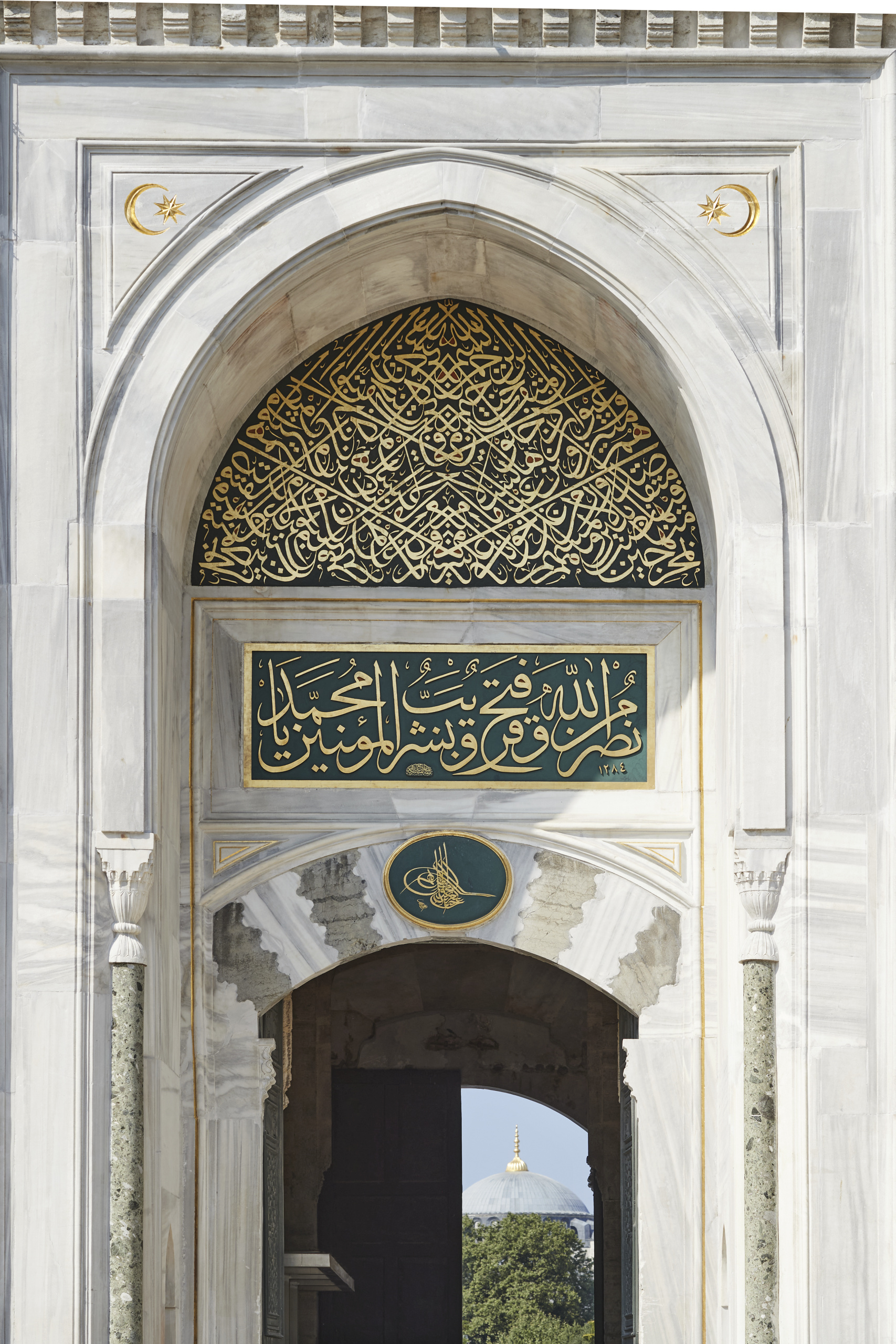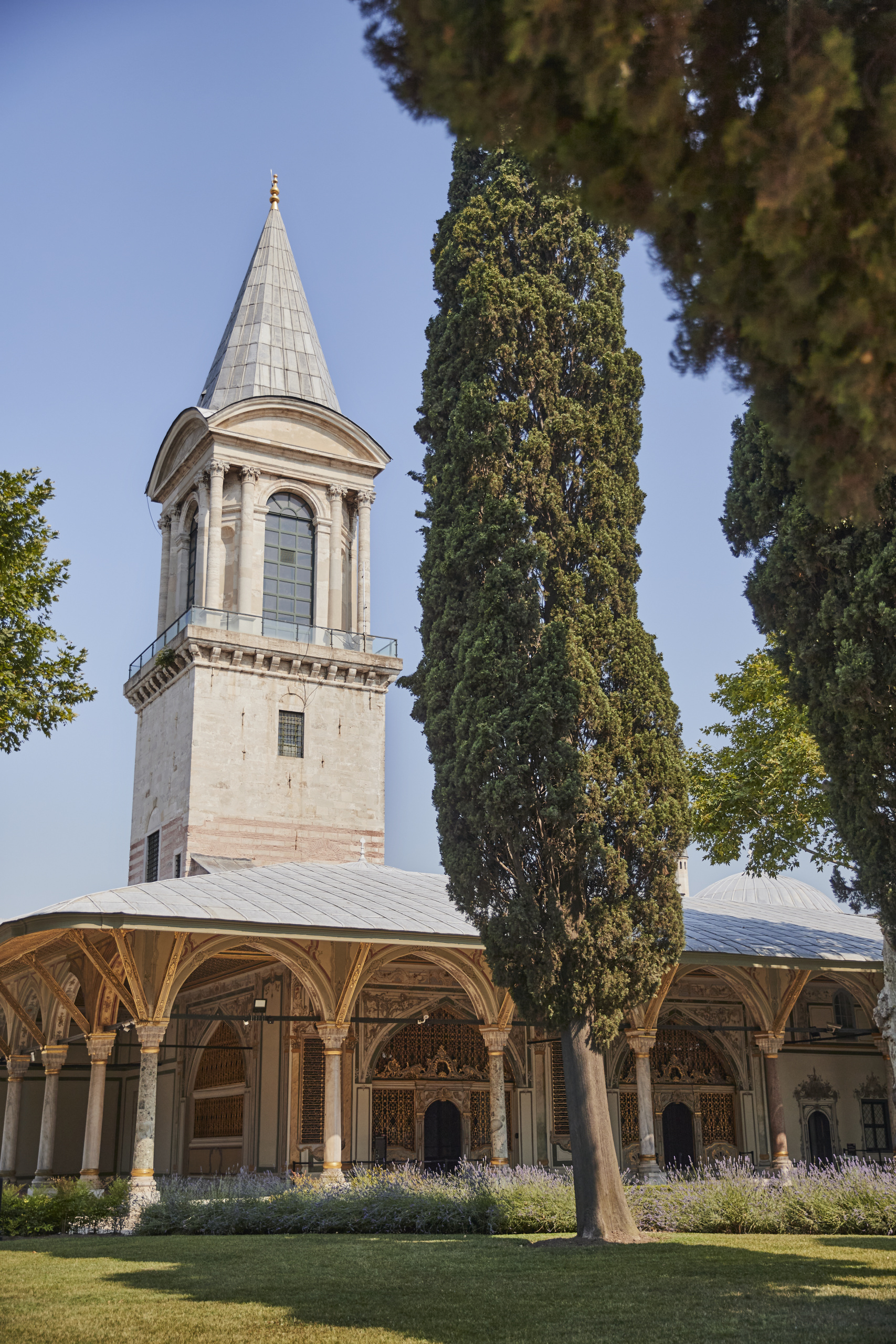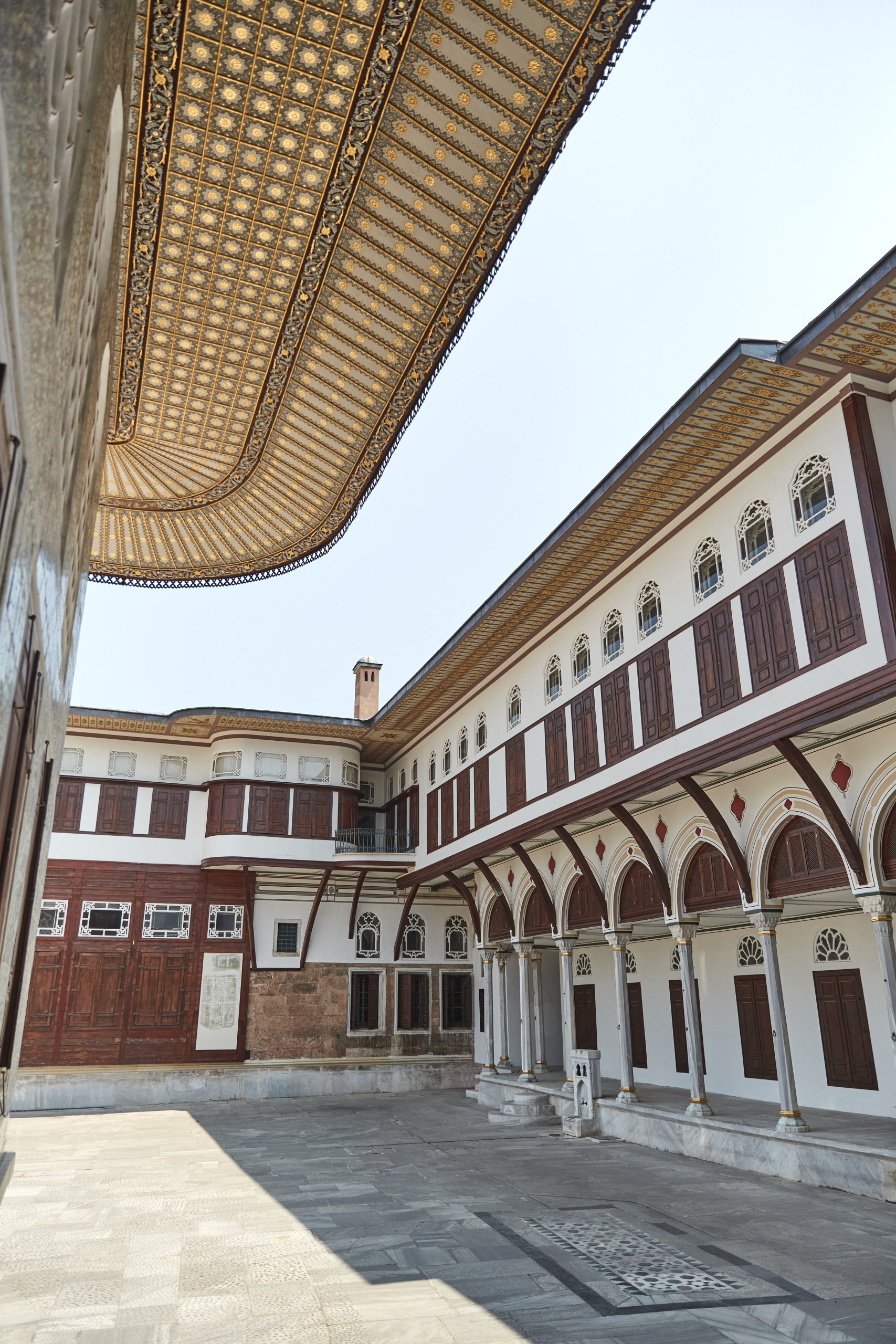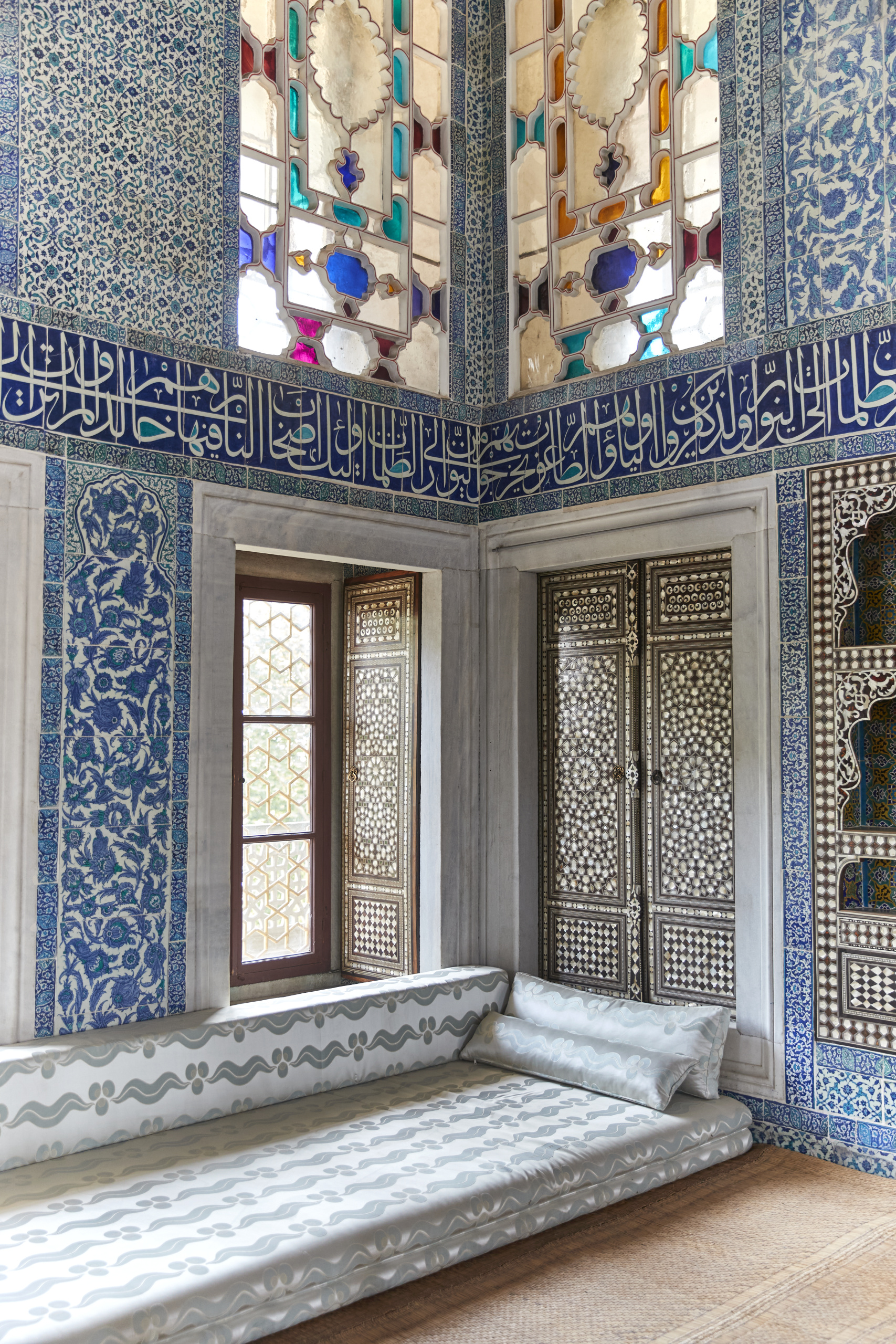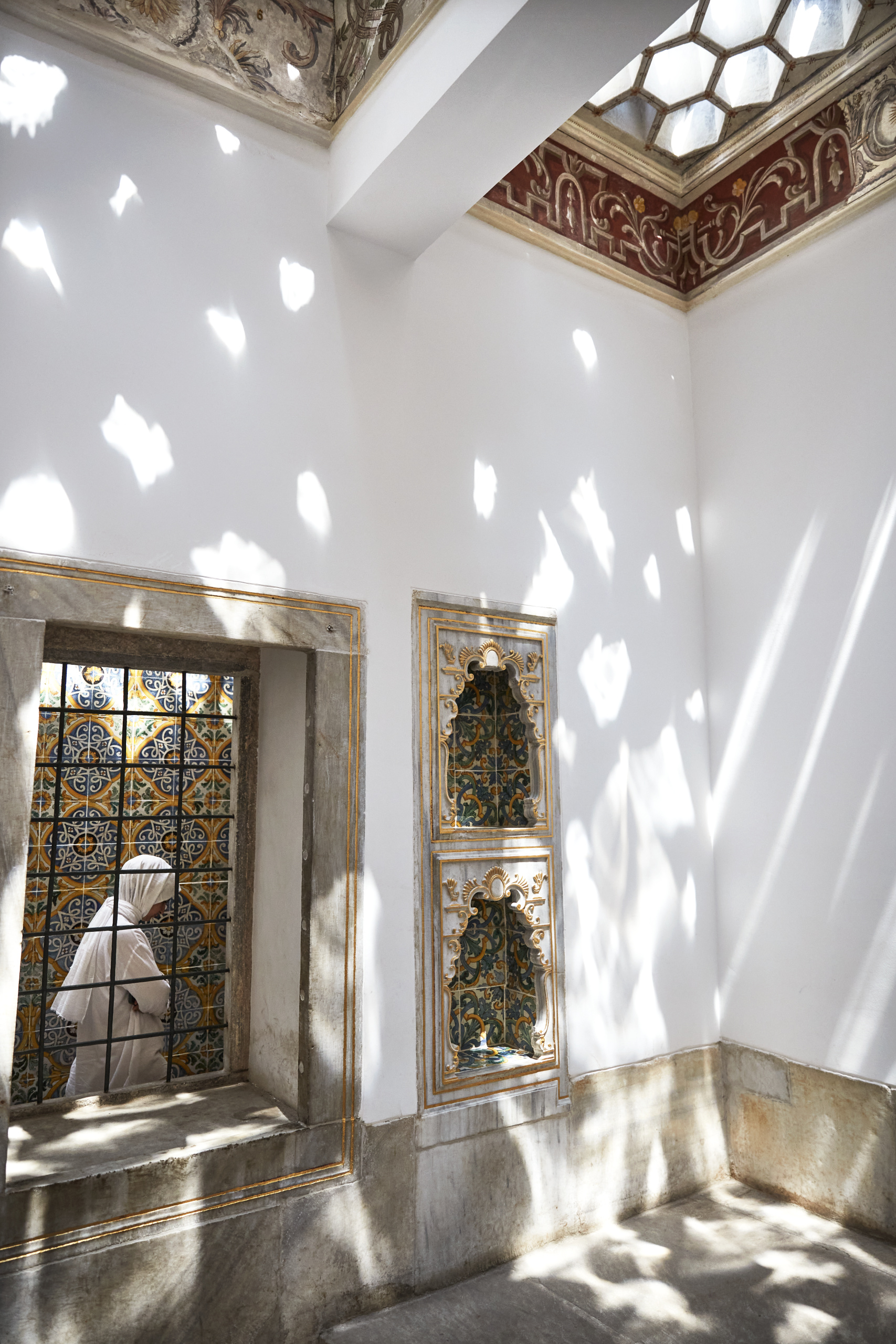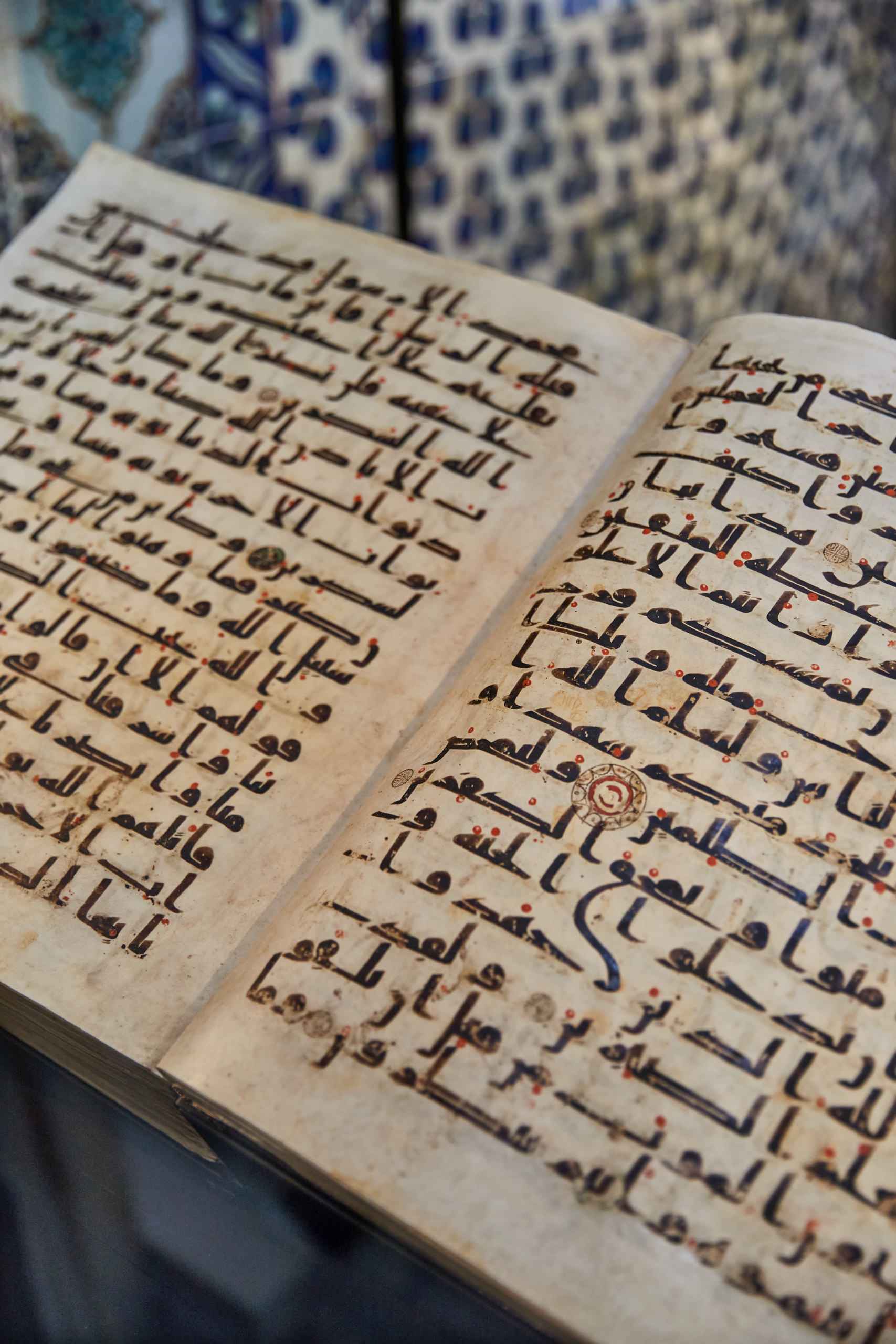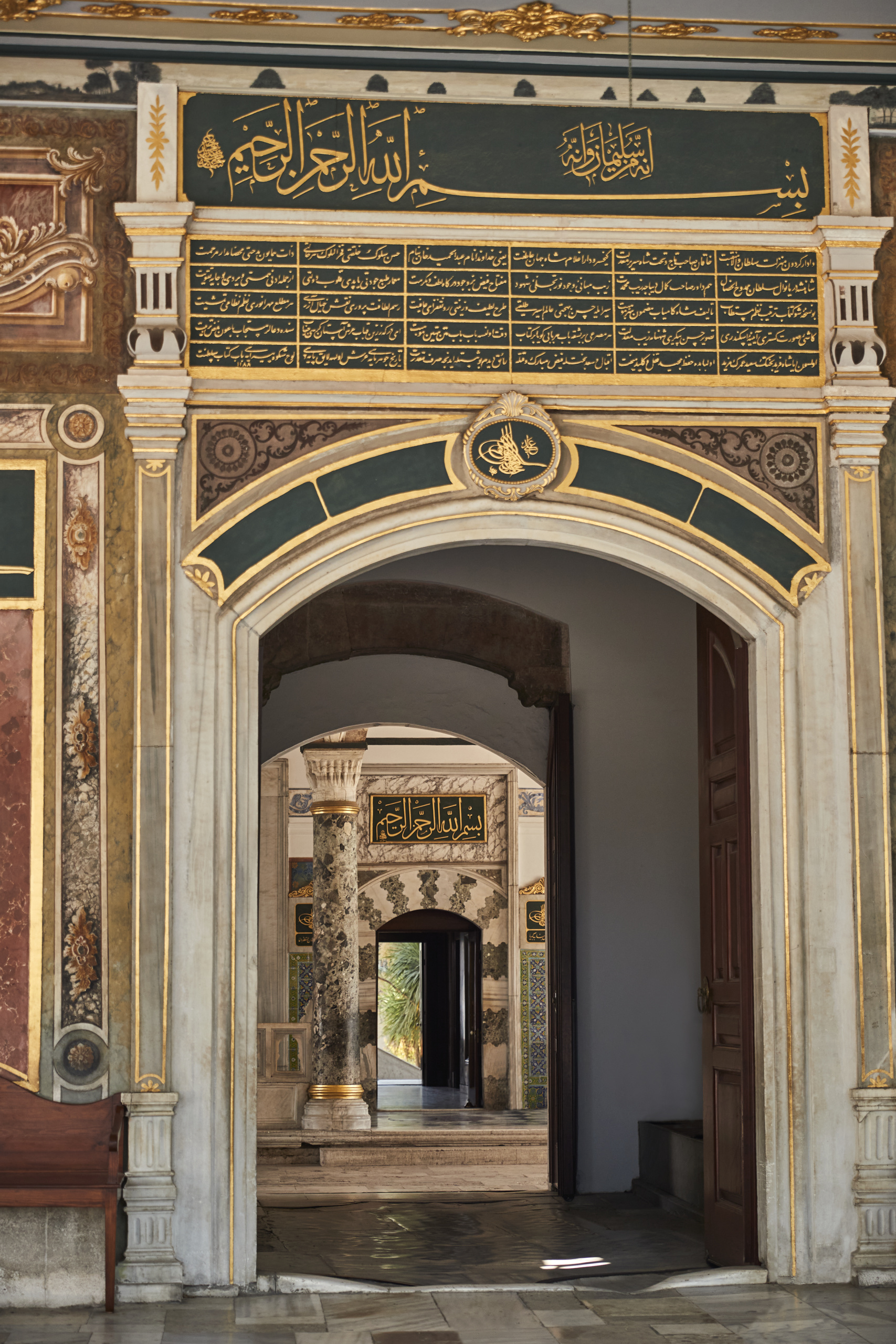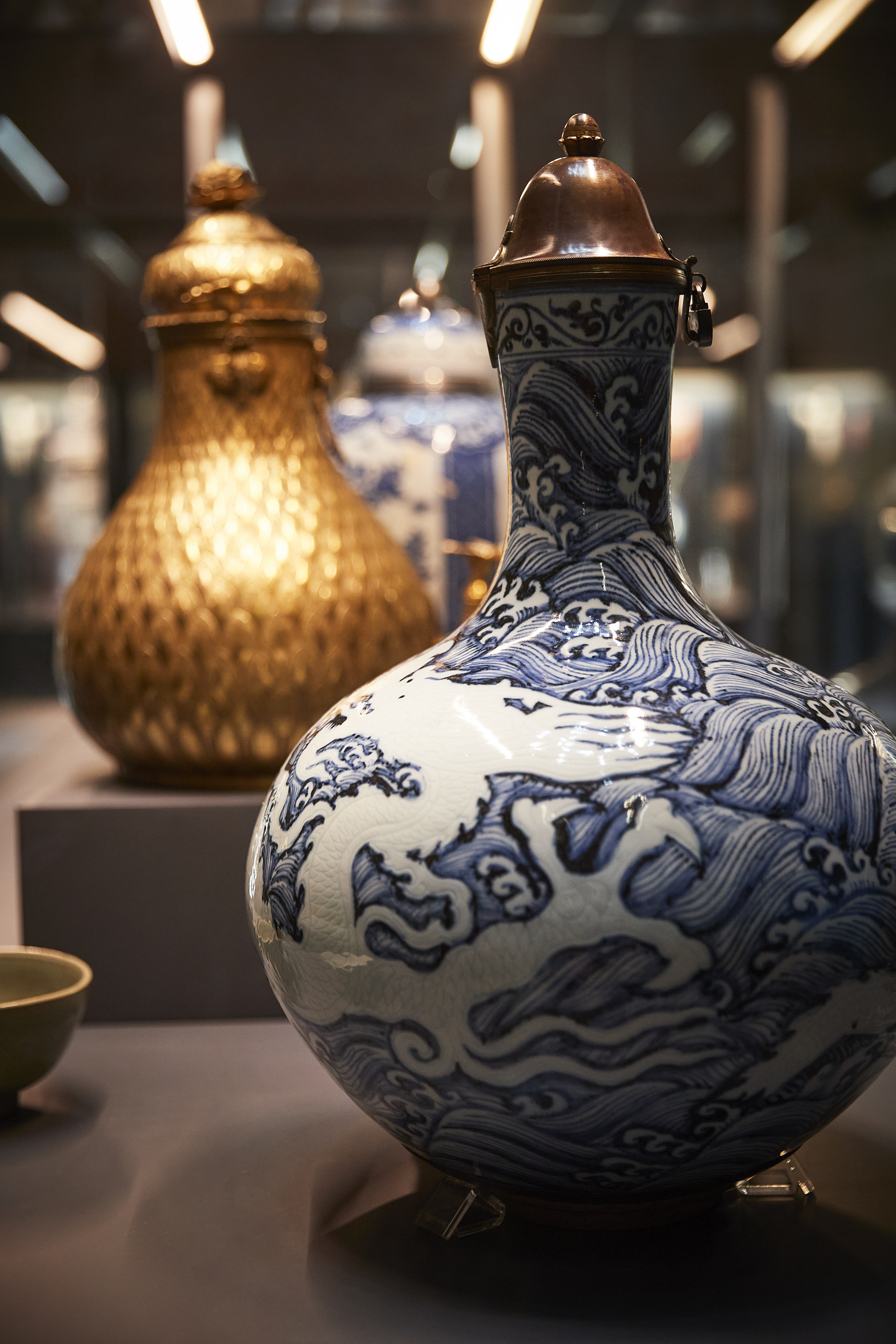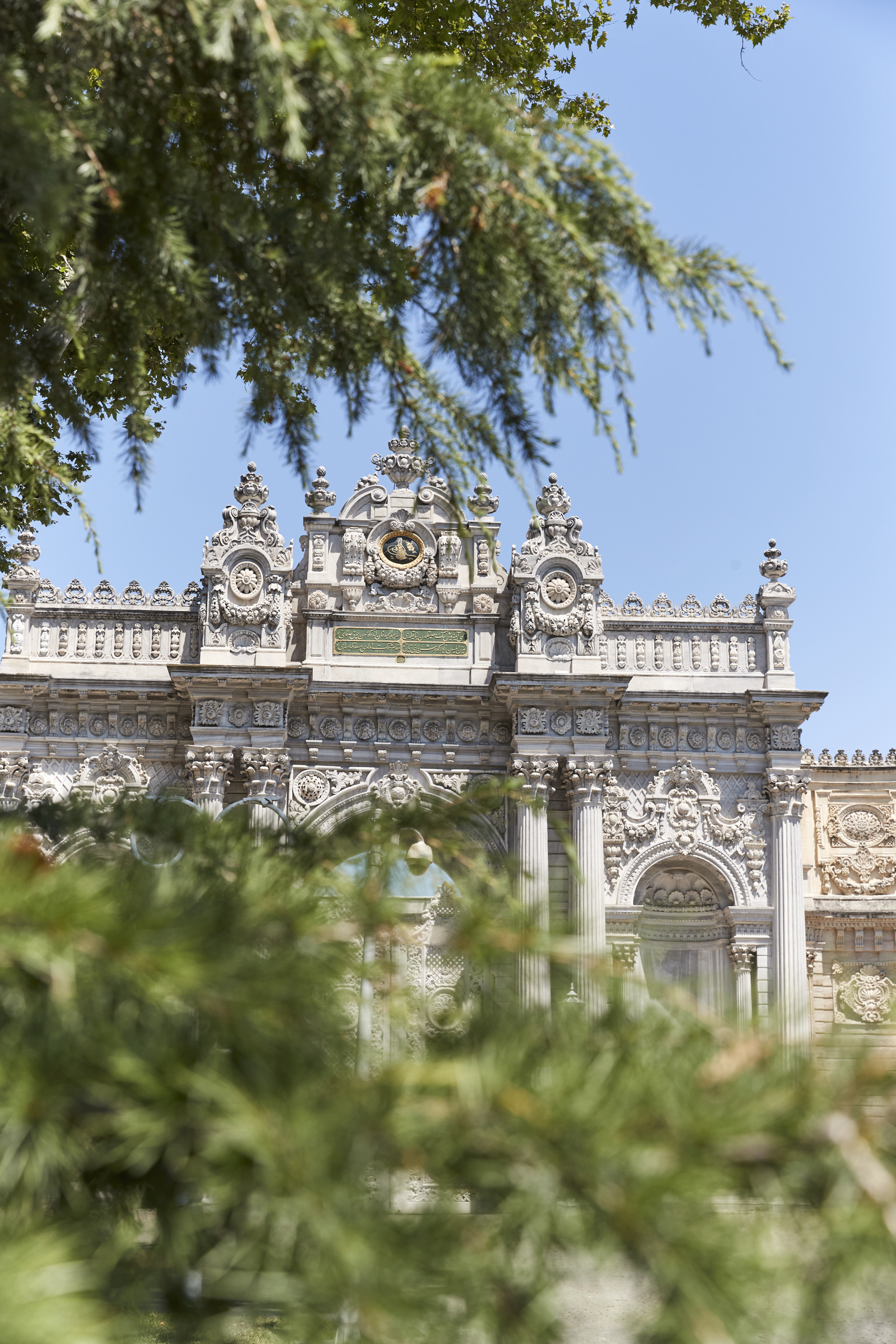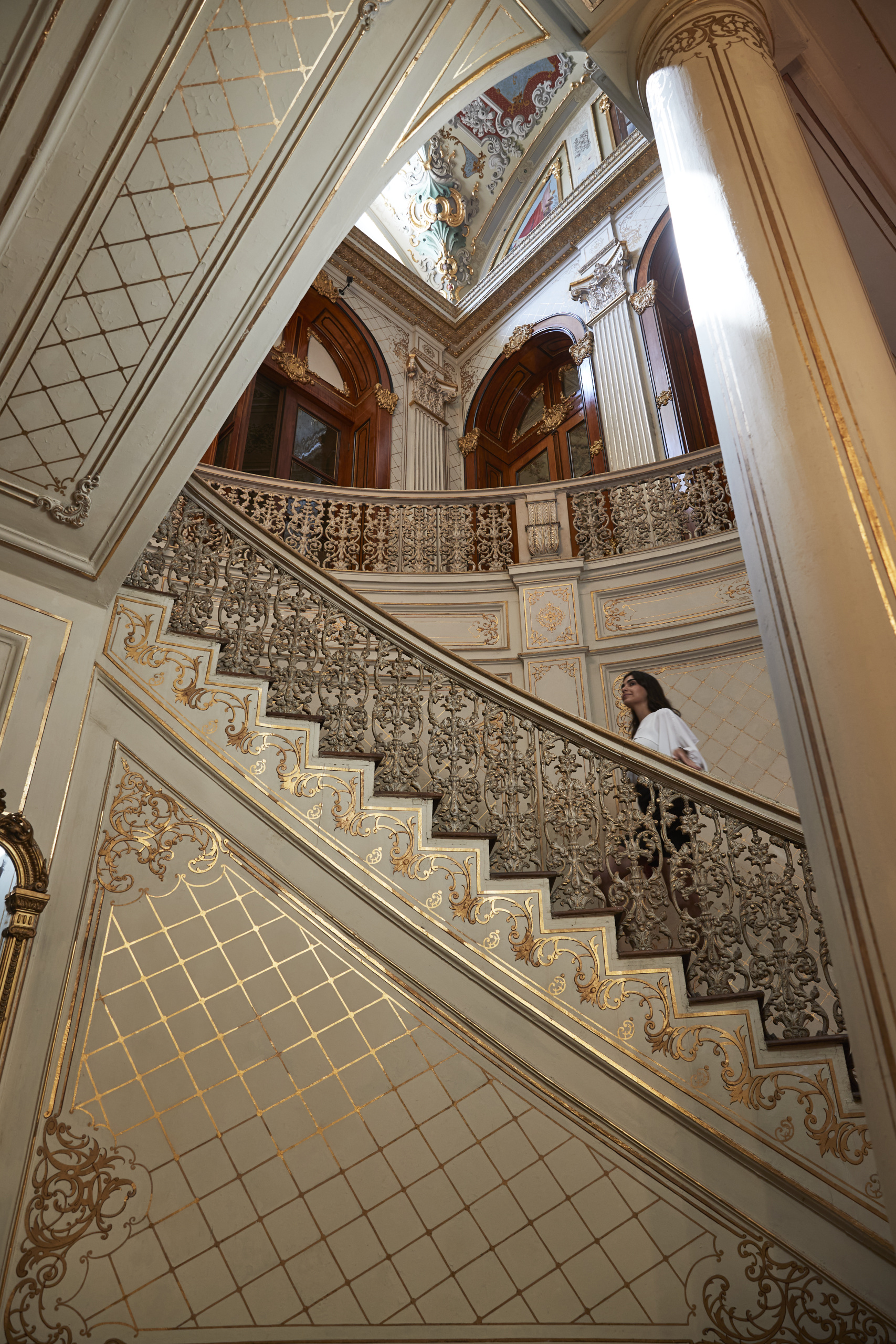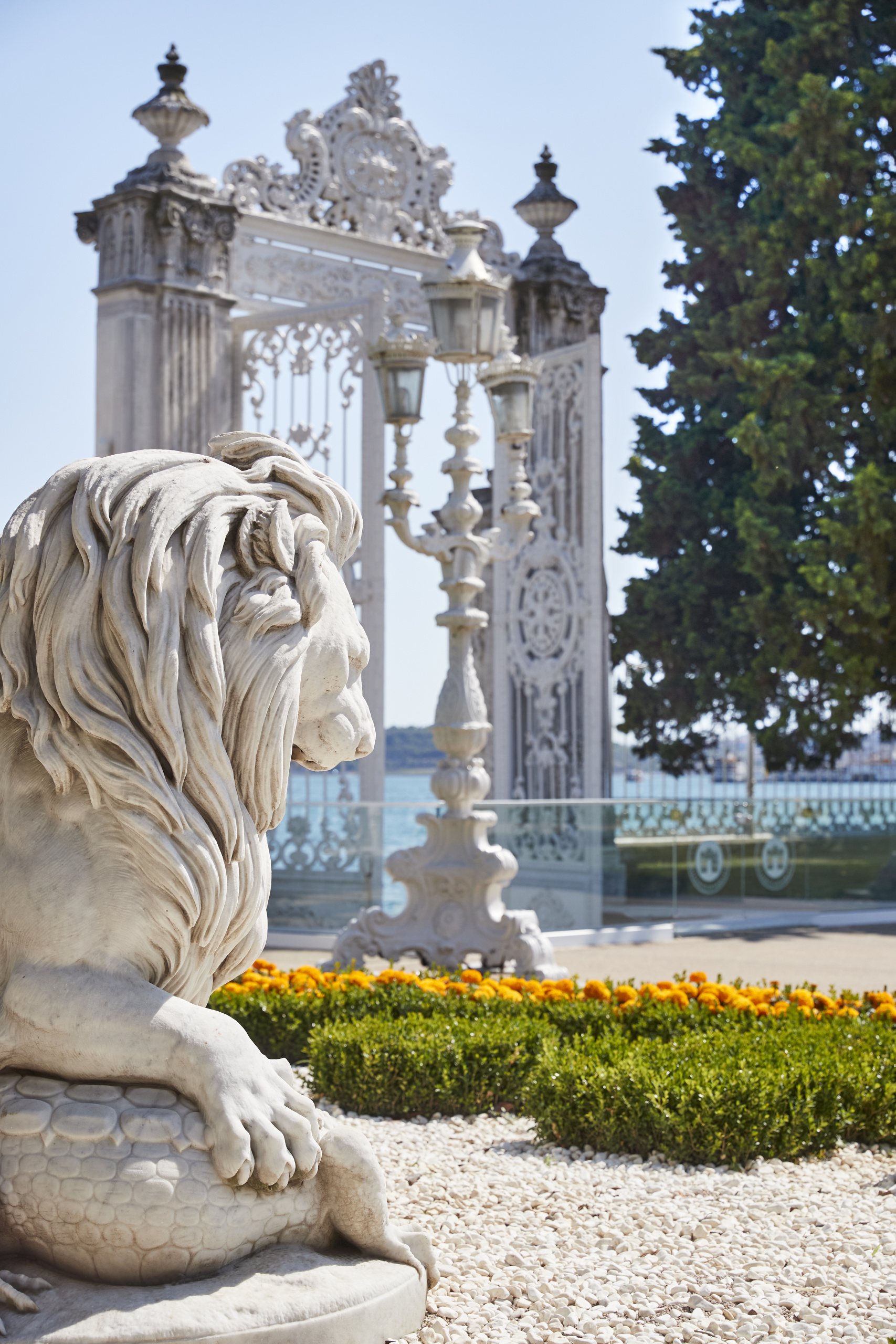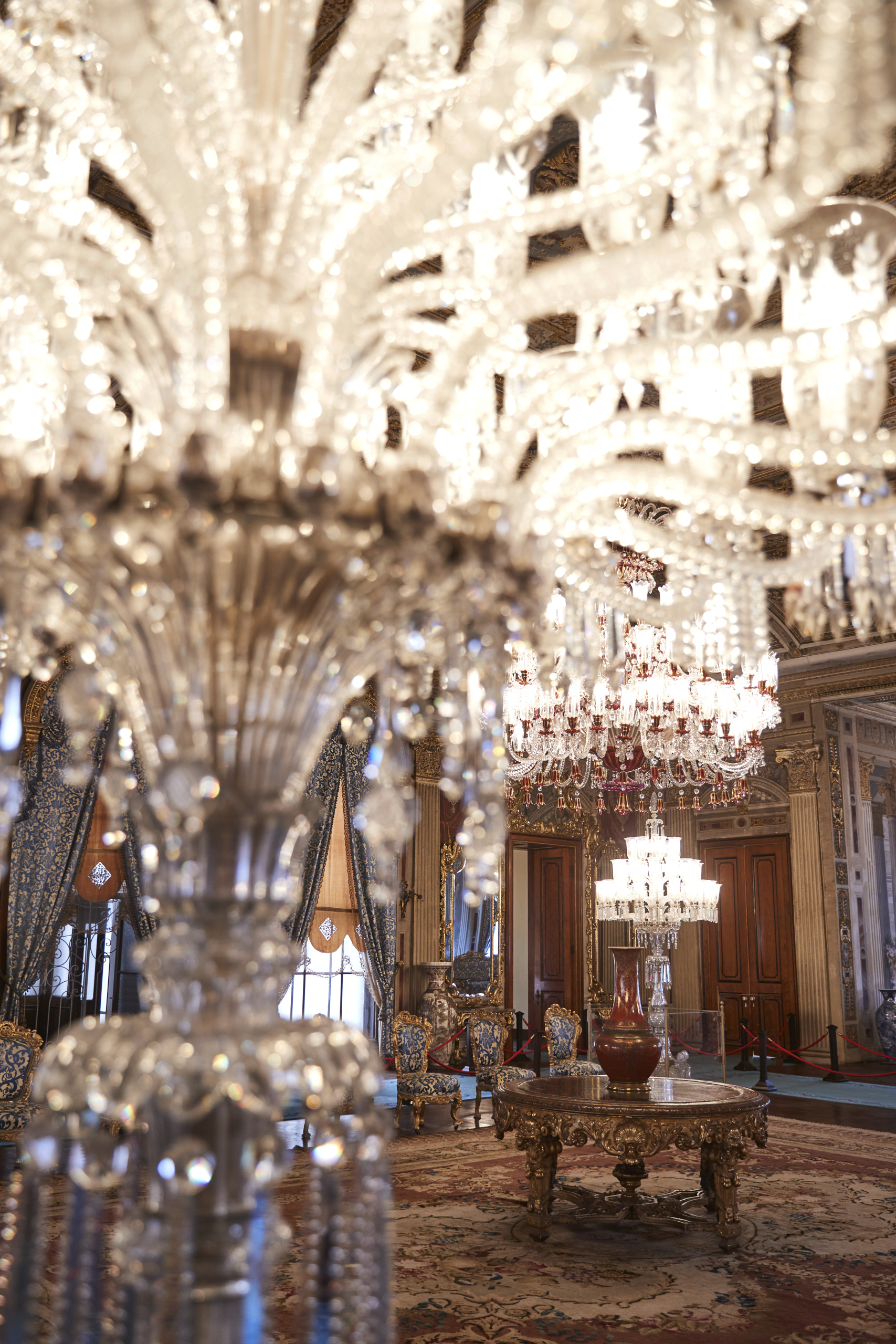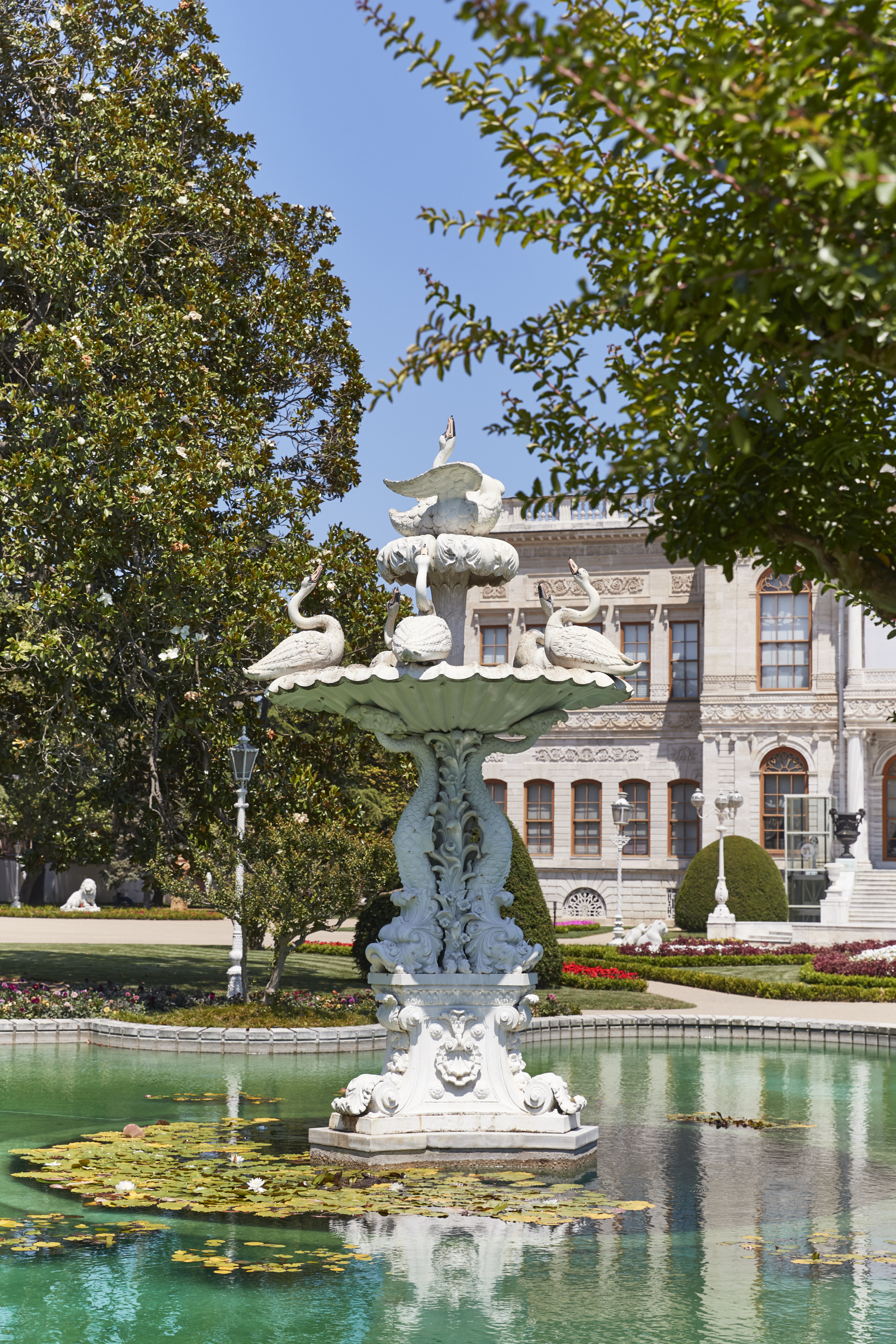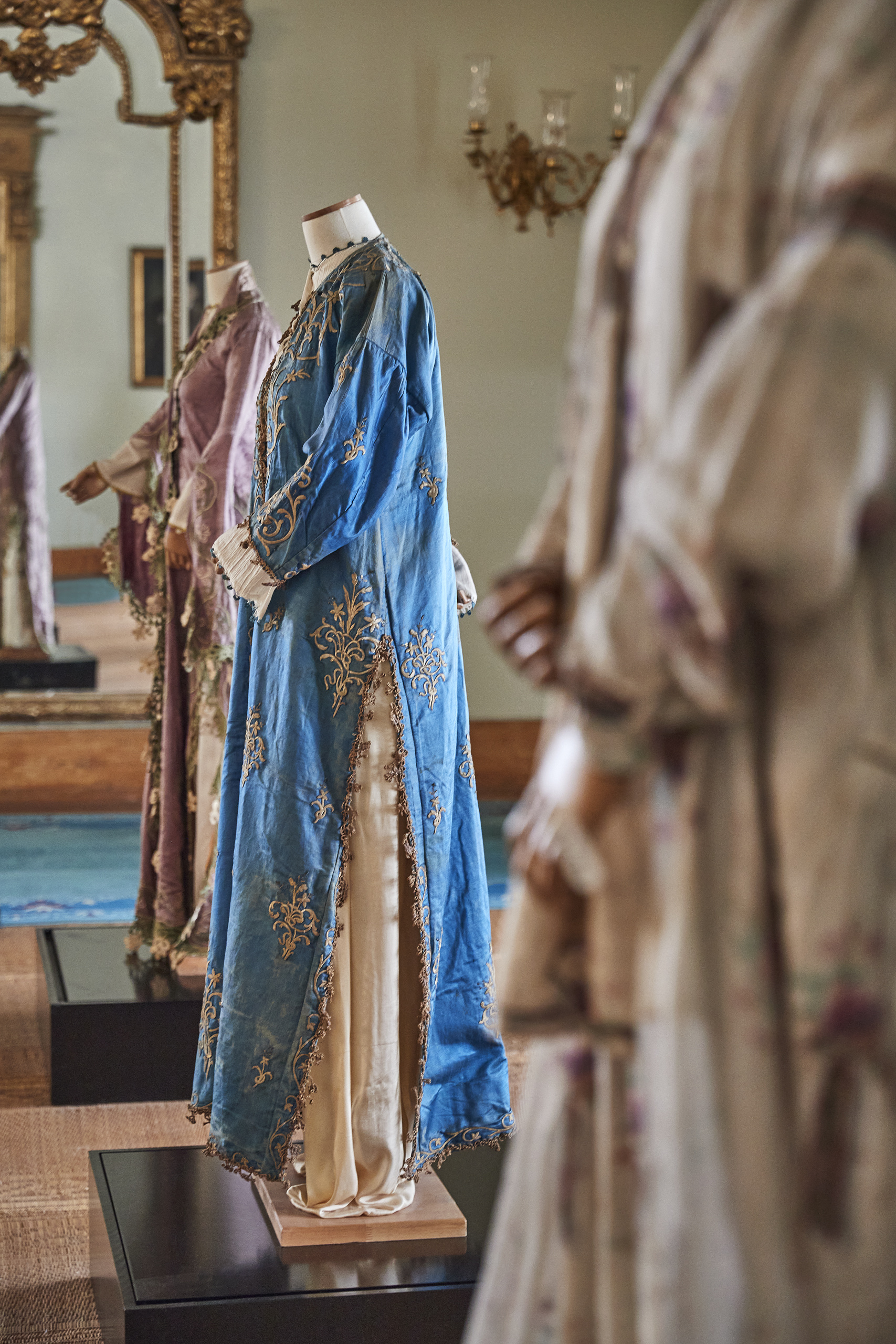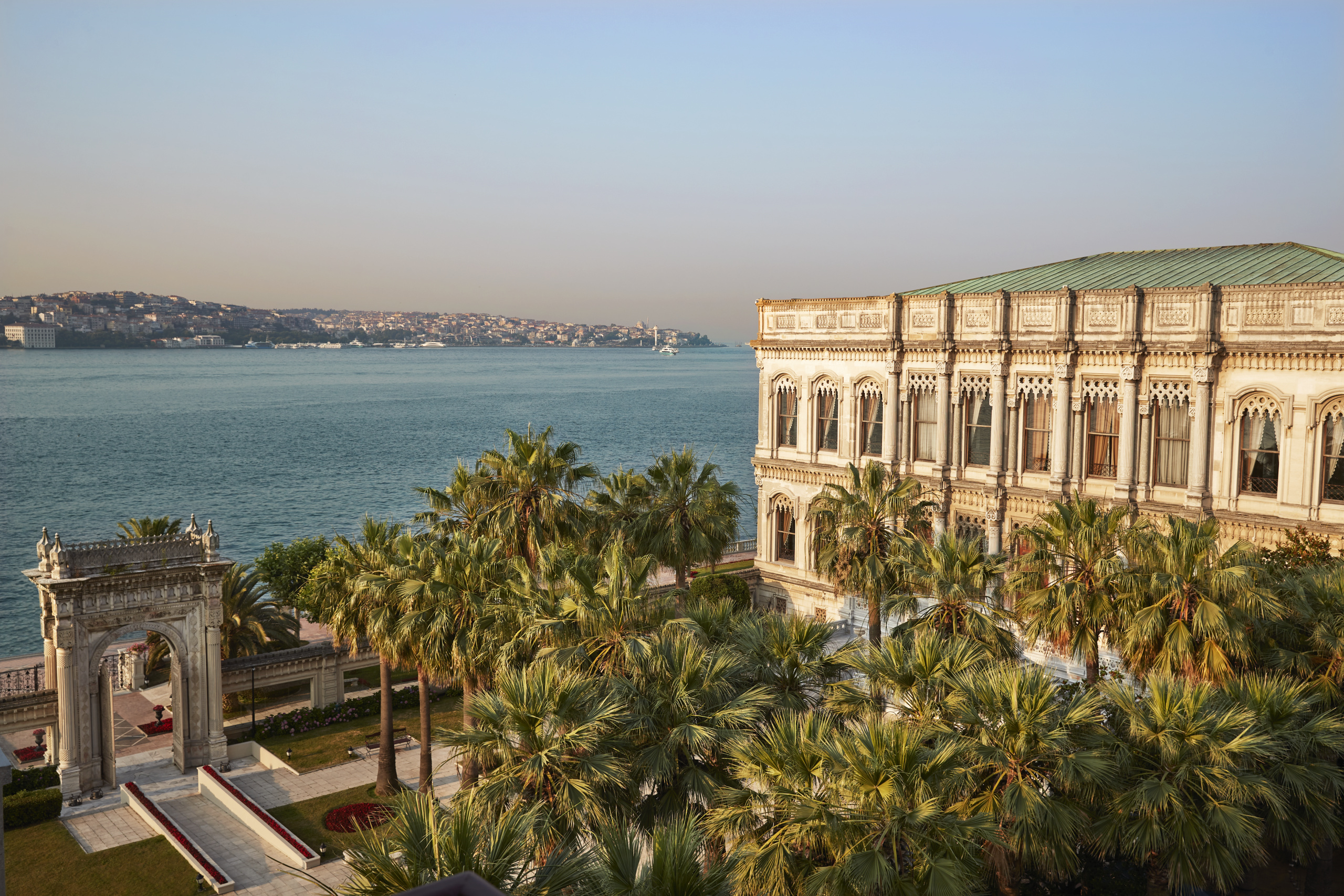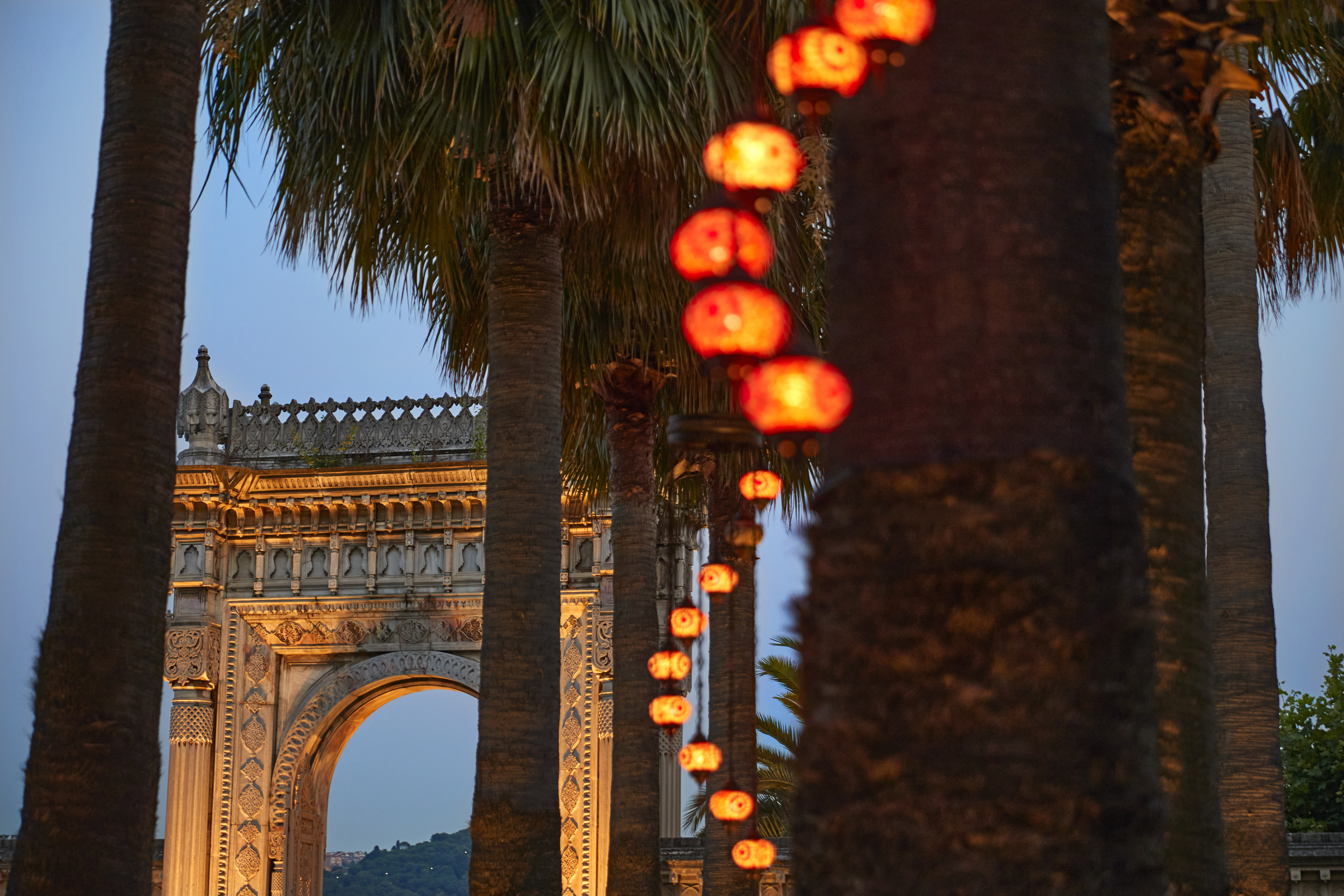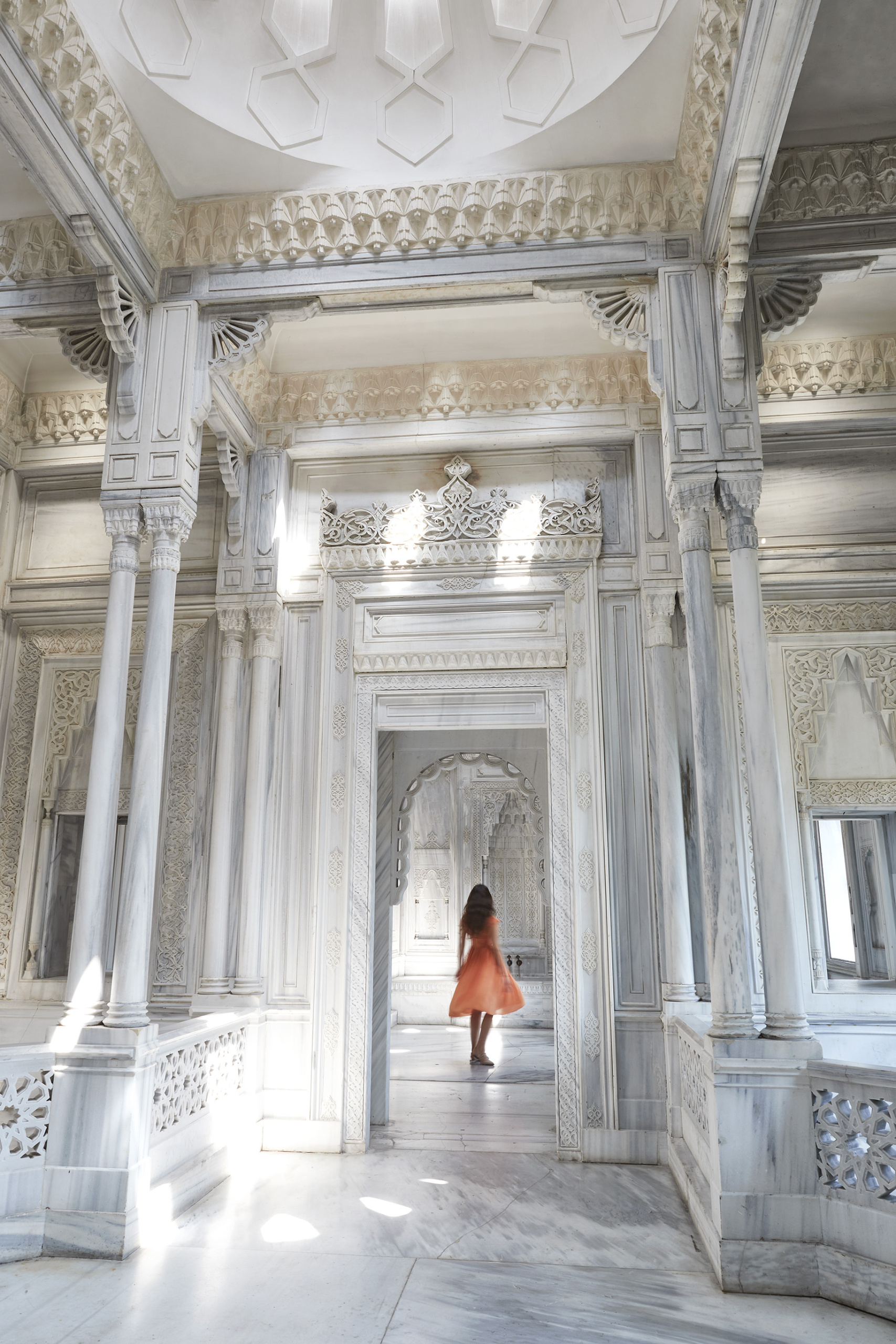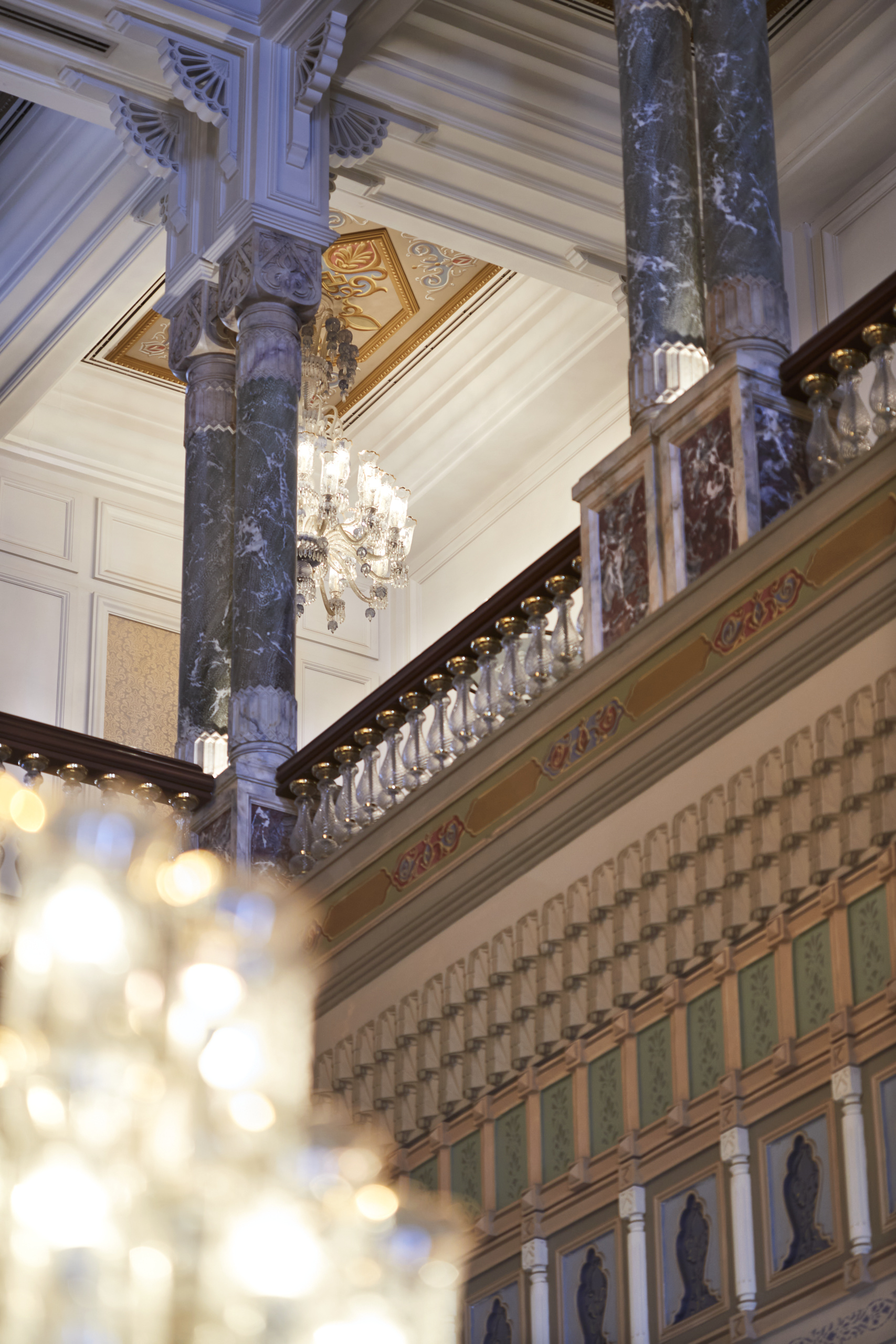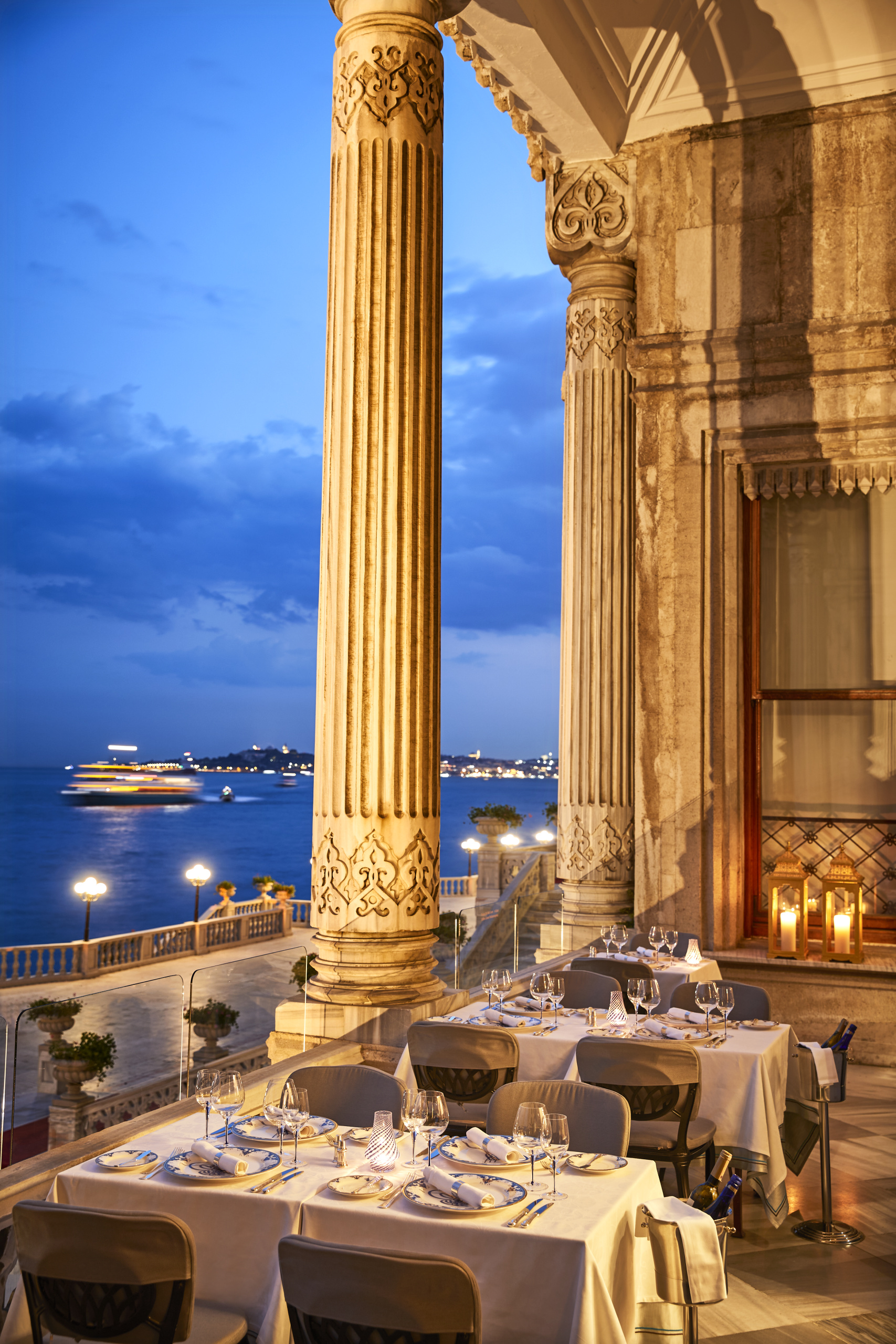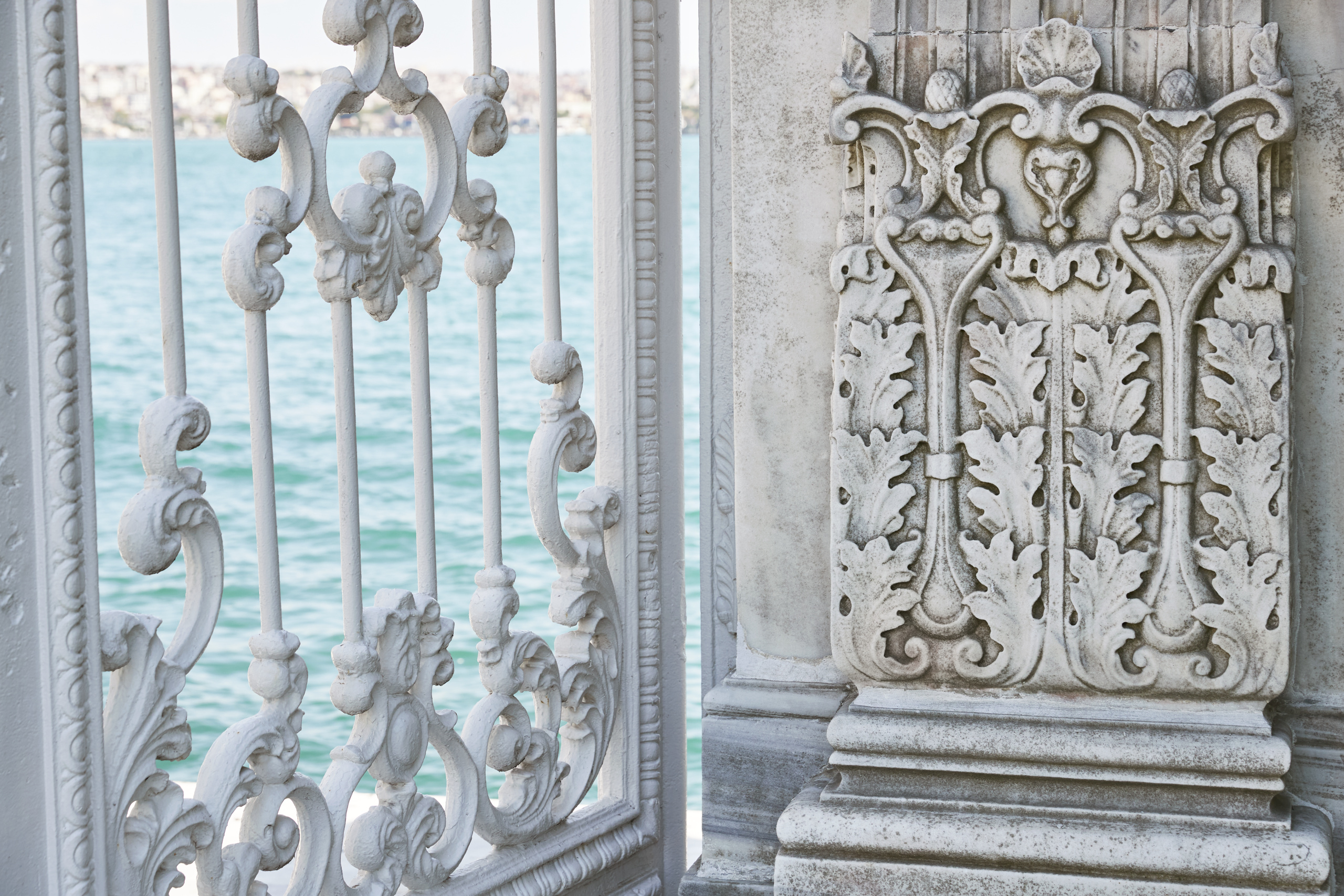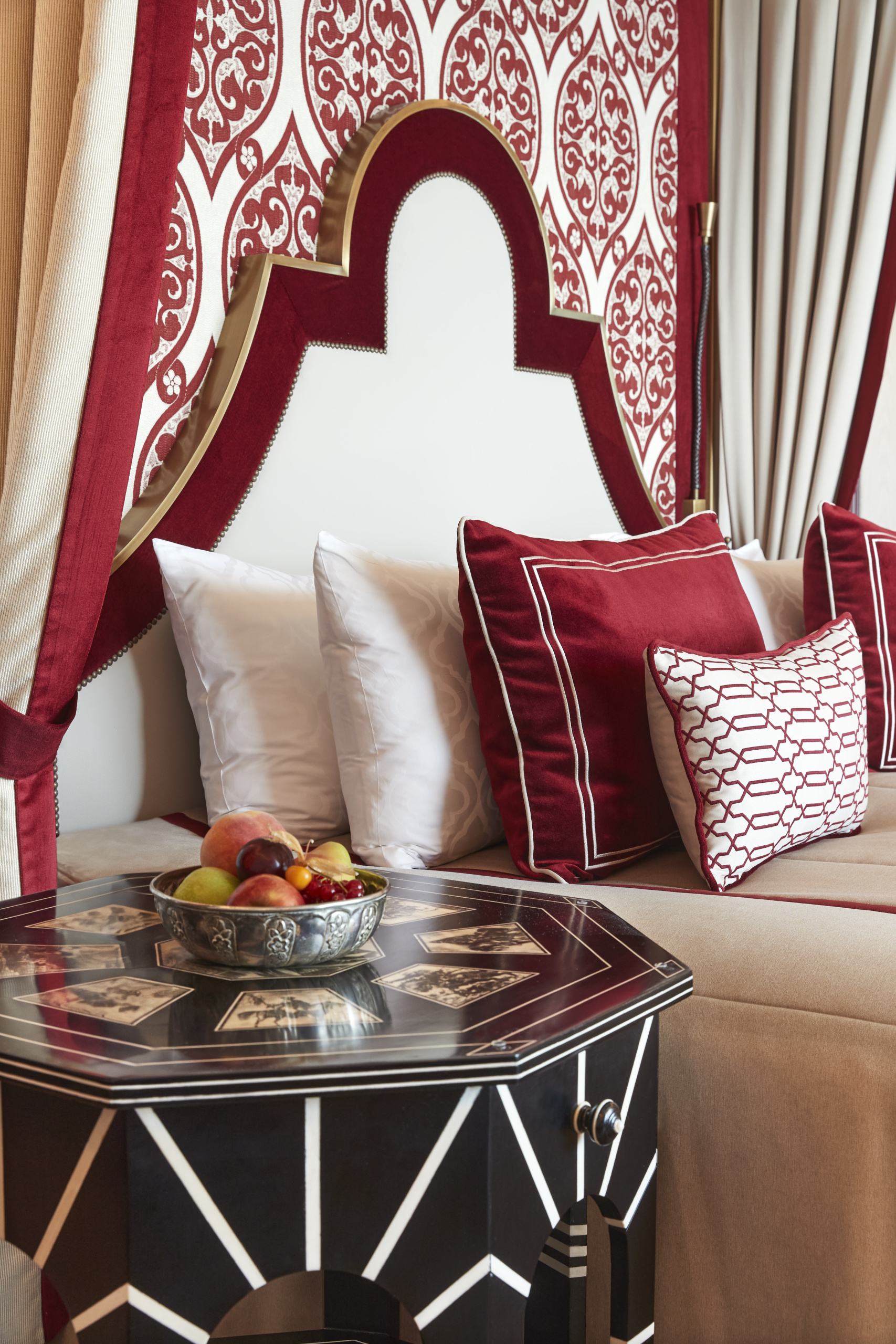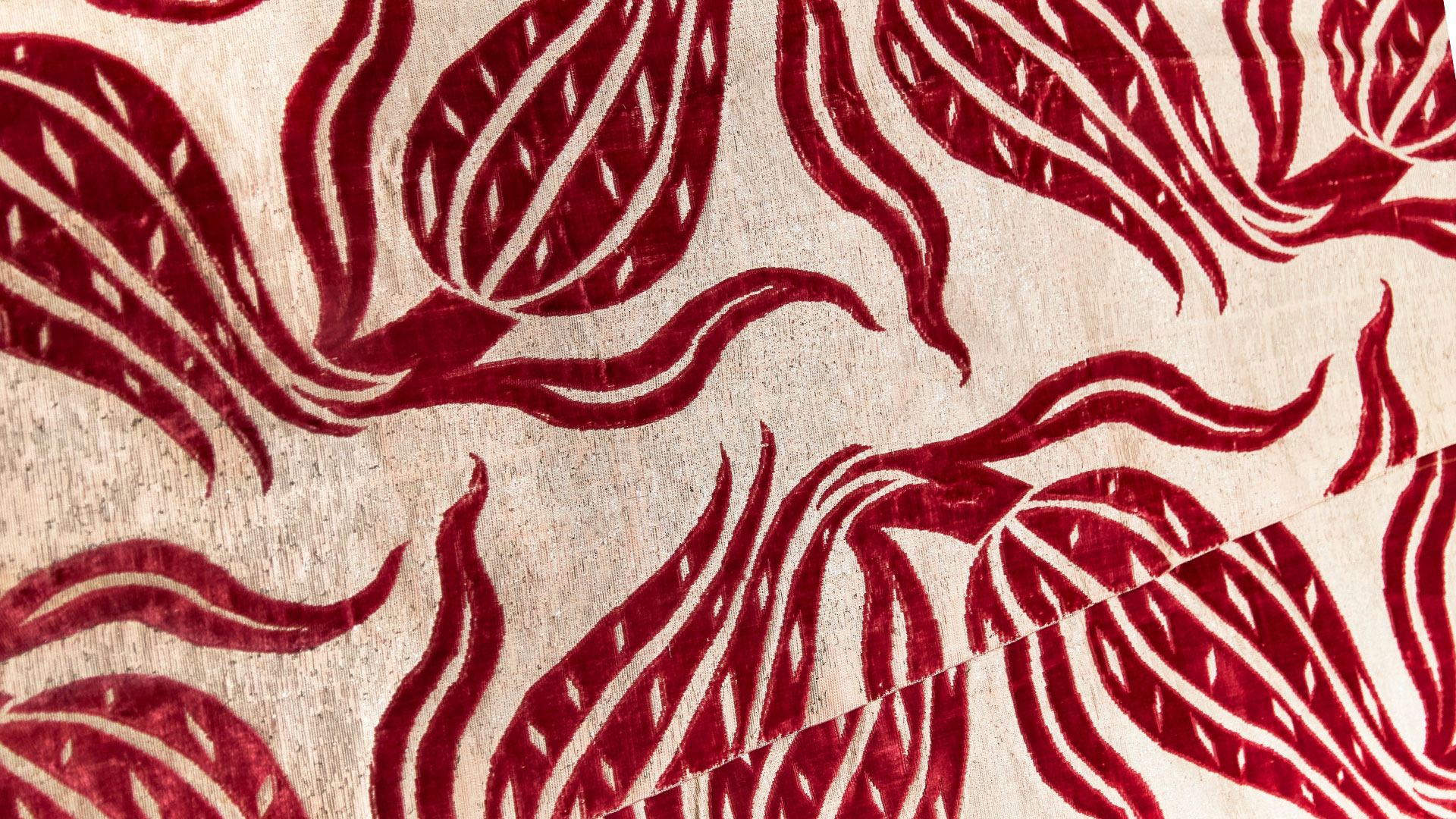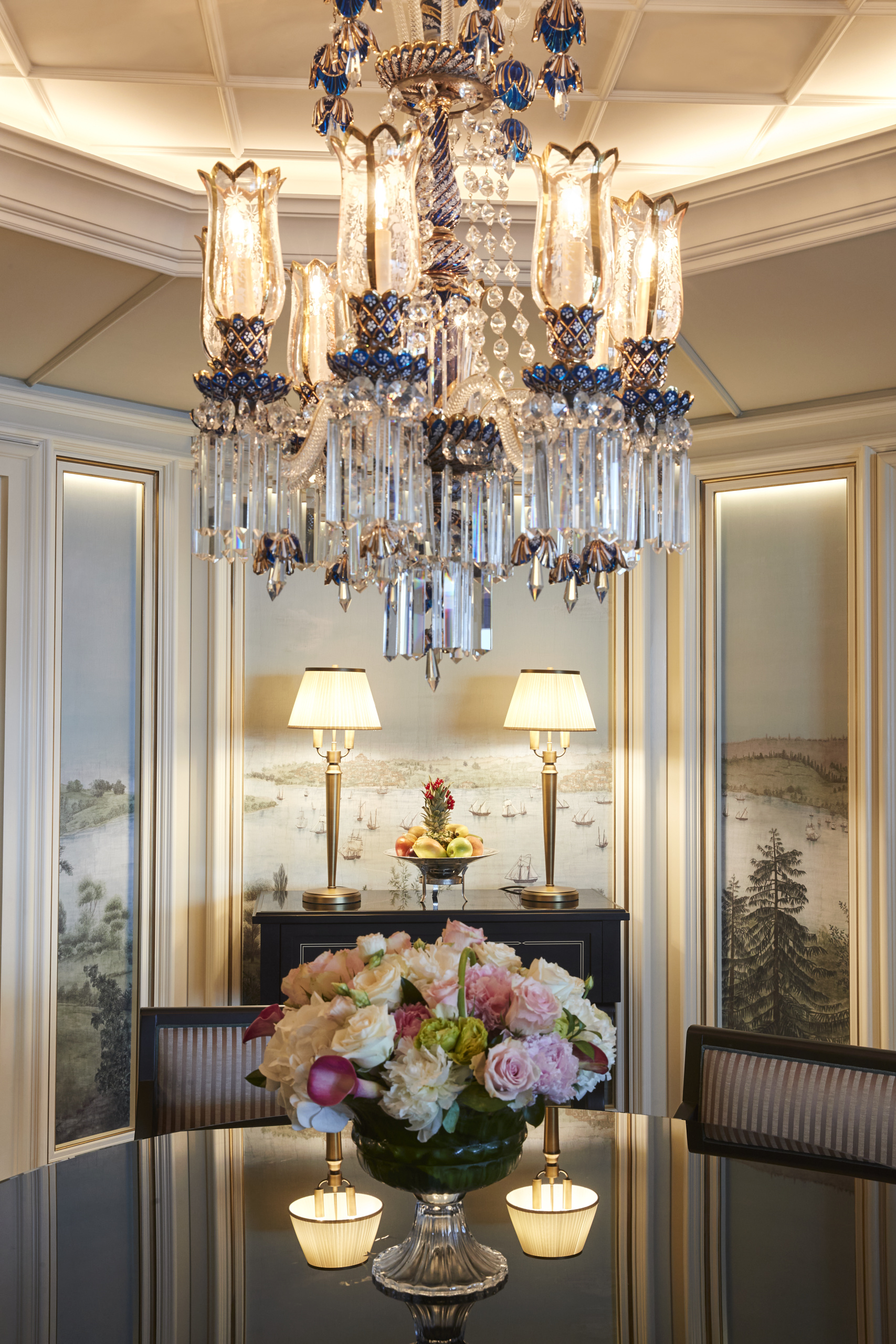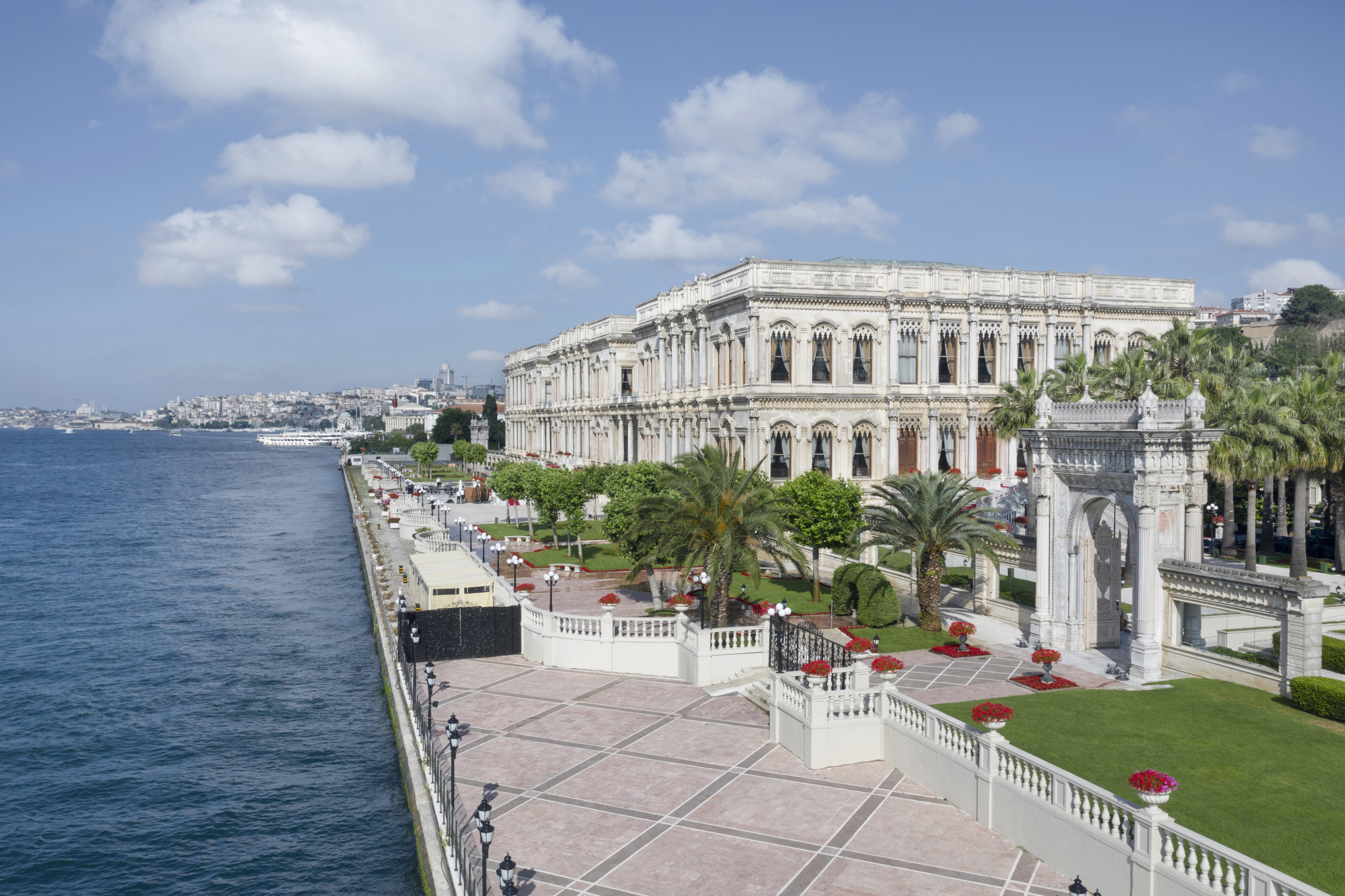
Palaces in Istanbul: A Palatial History
Iconic Destination
The magnificent palaces of Istanbul, home to Çırağan Palace Kempinski Istanbul, represent a world of opulence and architectural brilliance. Of course, there is the famous Topkapı Palace – the quintessential symbol of the Ottoman dynasty’s four centuries in power. And there are other magnificent royal residences such as the sumptuous Dolmabahçe, Çırağan, and Beylerbeyi palaces – all built by 19th-century sultans. By taking a journey into the past with Antoine Gauvin and the images of Claes Bech-Poulsen, we can better understand the palaces in Istanbul and how they fit into the Istanbul of today.
Wonders in crystal and marble
In the 19th century, the Ottoman Empire was rich and powerful. Sultan after sultan built stunning, richly decorated palaces of great architectural quality. The palaces embody the changes the sultans were making to their capital as they progressively transformed Istanbul into a cosmopolitan capital city full of splendours, where modernisation proceeded rapidly.
Architectural tastes ranged from neoclassical and eclectic European, to Neo-Moorish and Neo-Ottoman styles. Traditionally, the Ottoman home was built around a courtyard garden, looking inwards. The new architectural style featured windows that looked outwards onto the street. And in June 1839, the Imperial Council issued an edict to widen the city’s main streets, install streetlights, and lay out large open squares.
THE CITY’S ARCHITECTS
Among the notable architects involved in this modernisation programme were Garabed Amira Balyan (1800-1866) and Gaspare Fossati (1809-1883). Fossati designed buildings in the European style of the time, including a new imperial university and the imperial archive building. He also restored the magnificent Hagia Sophia mosque. Balyan came from a family of leading Istanbul architects who made their mark by building Dolmabahçe Palace, Beylerbeyi Palace and Çırağan Palace.
The scale of change in Istanbul was huge. For the first time, the sultans no longer wanted to live in the Topkapı Palace of their ancestors, and in 1856 Dolmabahçe became the imperial residence. Construction of the new Çırağan Palace began a few years later on another prime site on the Bosphorus. Fast-forward to today, and a visit to Istanbul takes on a deeper significance when you delve into the history of these architectural marvels.
Take a peek behind the scenes of the photo shoot at Çırağan Palace Kempinski Istanbul
TOPKAPI PALACE: THE ENDURING SEAT OF POWER
This 700,000 sq m royal palace was home to a succession of 26 sultans over a period of 400 years. Built around 1460 on the site of the Byzantine acropolis, it was the seraglio of Istanbul – a political, artistic, scientific, and religious centre. For centuries Topkapı, a complex of buildings with four courtyards and many ancillary buildings, was barred to foreigners, and its treasures continue to fascinate today.
At the peak of its glory as a royal residence, it housed 4,000 people but in 1856, Sultan Abdülmecid moved his court to Dolmabahçe Palace. Topkapı was never again home to the sultans, although some functions, such as the imperial treasury, library, mosques, and mint remained there. As well as the imperial council hall and treasury, the remarkable, recently restored Turkish baths of the sultan and the valide sultan – his mother – are a sight to behold. And the superb collection of splendid sultans’ kaftans is another must-see.
DOLMABAÇHE PALACE: SYMBOL OF OPULENCE
Built between 1842 and 1856 for Sultan Abdülmecid – the 19th sultan of the Ottoman Empire – this palace fulfilled his wish for something truly impressive. His architects were Garabed Amira Balyan and his son, Nikogos Balyan, who incorporated intricate ornamental compositions into the design. Despite its modernity, the plan was still based on a traditional Ottoman central lounge. The decoration is a mix of Rococo and neoclassical elements with some details taken from Ottoman art and traditional Turkish culture. From 1856, six sultans lived there in succession. Mustafa Kemal Atatürk used it as his summer palace and actually spent his last days there.
This immense palace features a famous horseshoe staircase constructed from brass, mahogany and Baccarat crystal. It is also home to one of the world’s largest collections of crystal chandeliers and the largest Bohemian crystal chandelier in the world hangs in the ceremonial hall.
ÇIRAĞAN PALACE: JEWEL OF THE BOSPHORUS
Just along the Bosphorus, Çırağan Palace is the last example of Ottoman Empire glory. When Sultan Abdülmecid moved into Dolmabahçe Palace in 1856, he ordered a new palace to be built in the latest style.
Çırağan Palace was opened in 1871 by Abdülmecid's brother, Sultan Abdülaziz. Its harmonious mix of Eastern and Western design reflects the influence of European style on the Ottoman capital at the time. But while its basic form is Western classical, its neo-Moorish interior gives it cachet and a distinct personality. It suffered a fire in 1910 but reopened as Çırağan Palace Kempinski Istanbul in 1991, following careful restoration. Today it comprises two buildings: the renovated palace housing sumptuous suites and reception rooms, and a contemporary, luxurious hotel which has been recently redesigned.
Other gems dotted around the Bosphorus include Beylerbeyi Palace and Yıldız Palace which were built for later sultans, either as main residences or as summer homes. Taking inspiration from European style, while drawing on Ottoman traditions, the result is an original architectural language that celebrates the unique position of the Ottoman capital as a link between East and West, Europe and Asia.
———
Çırağan Palace Kempinski: Grande Dame of the Bosphorus
In the 17th century the gardens of the original Çırağan Palace, beautifully situated alongside the Bosphorus, hosted grand festivities lit by hundreds of multicoloured lanterns. The palace was named after those lamps – a sign that it was intended for the entertainment of the sultans and their guests.
The first residence was built as a mansion by the Grand Vizir Ibrahim Pacha for his beloved wife, Ahmed III's daughter Fatma Sultan. A century later, Sultan Abdülmecid chose the same site to build Çırağan Palace. However, it was his brother Sultan Abdulaziz who completed the palace, in 1871. With its elegant mix of European and Asian styles, the building’s design was a celebration of modernity. Marble, precious woods, vast frescoes and chandeliers – nothing was too resplendent for the sultan and his family.
Tragically, the palace was ravaged by fire in 1910: only the beautiful white marble hammam survived. It wasn’t until the 1990s that the Çırağan Palace emerged from the ashes. The old palace was painstakingly rebuilt, a new building was added, and in 1991, Çırağan Palace Kempinski Istanbul was born. And the story continues with the hotel’s redesign. Drawing amply on the palace’s illustrious history, designs incorporating a host of references to Ottoman architecture and decoration ensure that the splendours of the past live on.
This renewed, contemporary experience enjoys an aesthetic and historic link with the original palace, and shares the same beautiful garden on the Bosphorus. Although firmly anchored in the present, Çırağan Palace Kempinski Istanbul is a direct legacy from the sultans who blended the beauty of the past with the benefits of the present.
If you enjoyed this, why not learn more about Hotel Adlon Kempinski Berlin, the mythical hotel at the heart of our home city?
